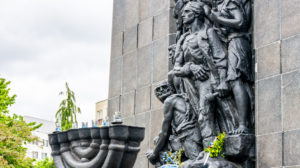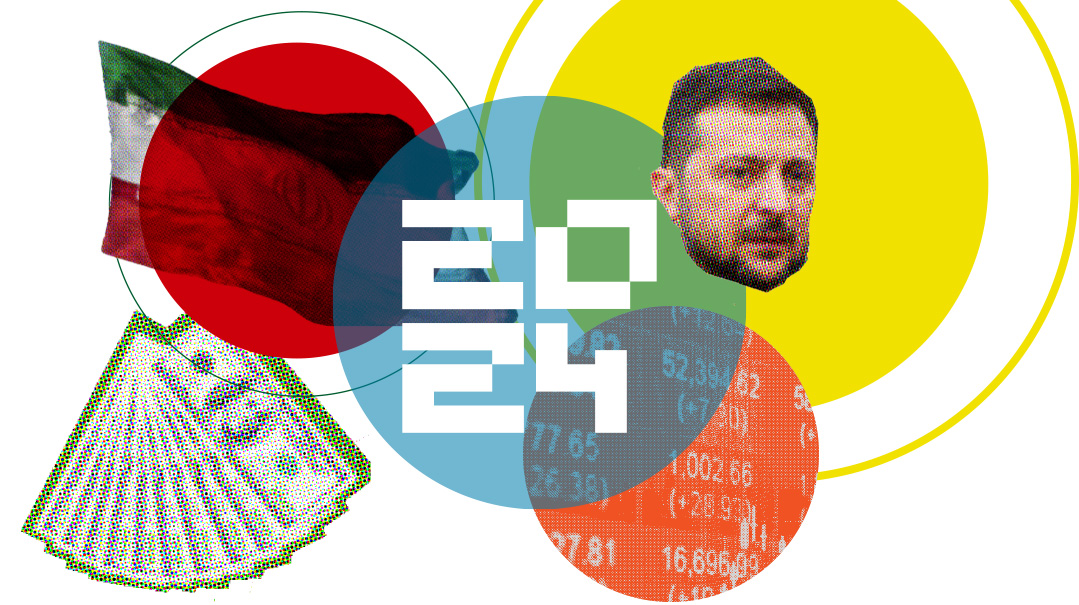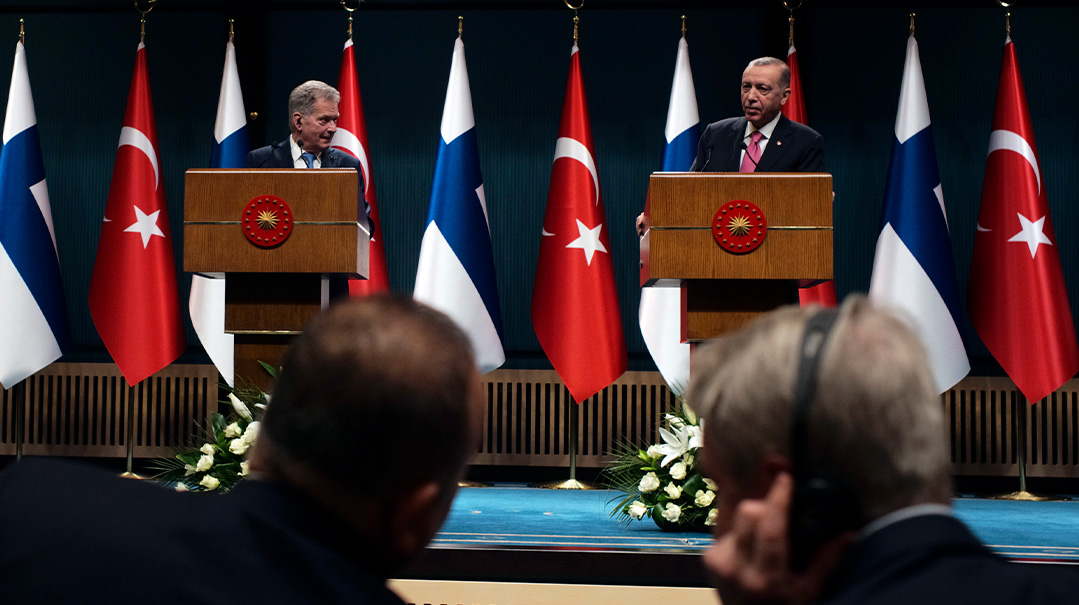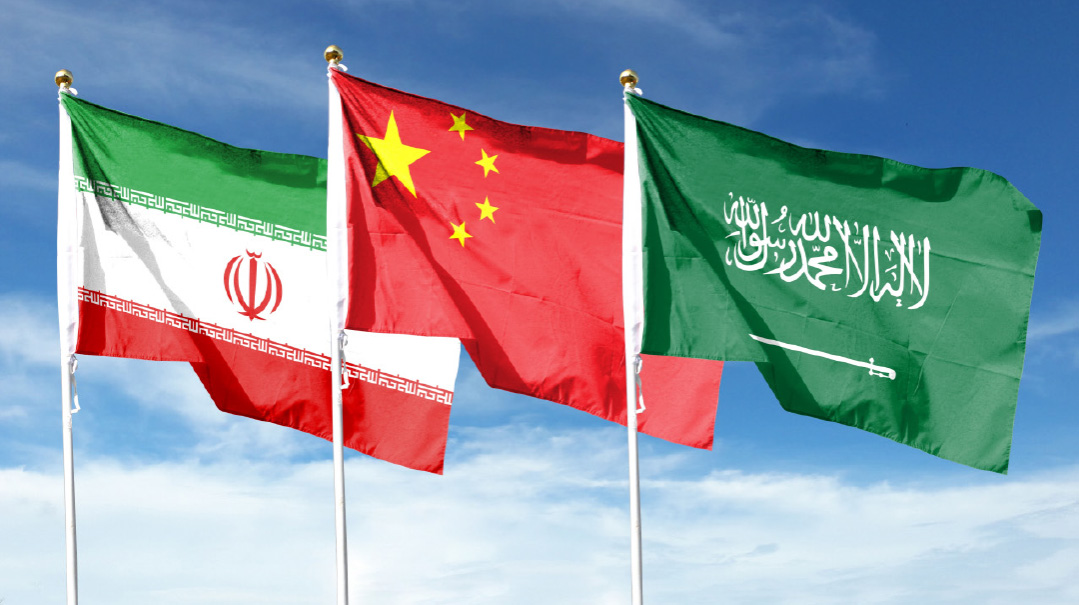Israel Never More Divided

Unity is not just “the call of the hour,” but the only path to extracting Israel from the political muck
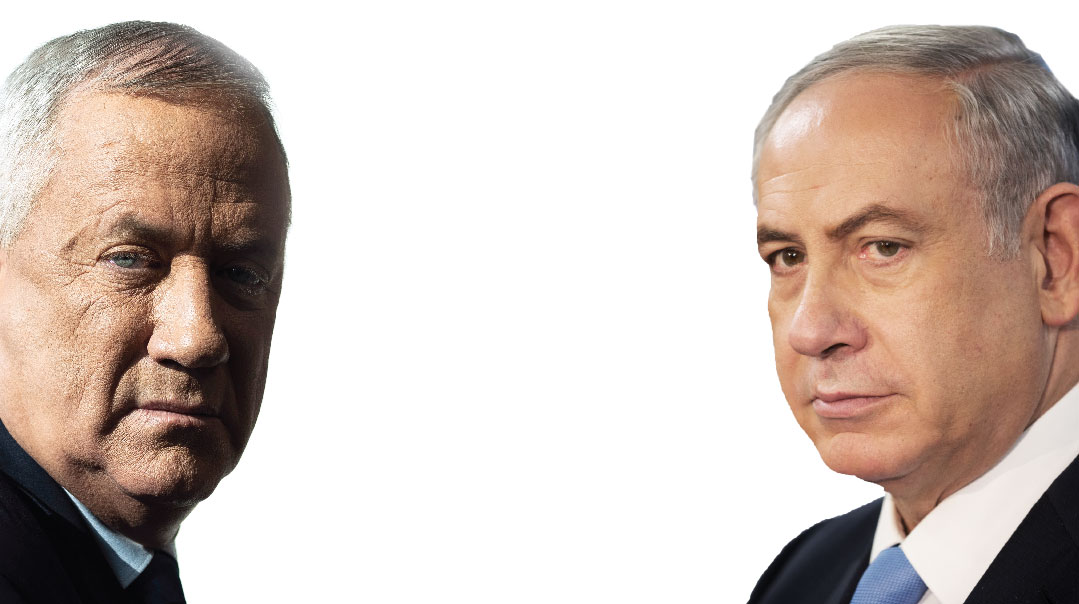
While Democrats try to impeach President Trump in Washington, Israel’s Prime Minister Binyamin Netanyahu faces charges of corruption and bribery. As the Knesset totters on the brink, the US Congress is bitterly divided over everything from tax policy to the environment.
Though the US and Israeli political systems are very different, division, not unity is currently what defines them.
Before I moved to Washington DC to cover the US capital, I was a Knesset reporter in Israel for six years. During that time, I became a student of the history of Israeli coalition politics, in part by witnessing the events in real time. Truth be told, today’s situation isn’t much different from that of years past.
Unity the Only Answer
As of this writing, it’s unknown whether a unity government has been established in Israel, or if the country is headed for a third round of elections. Everything is possible in the current political climate, but one thing is certain — with no majority for either the right-wing or center blocs, a unity government is the only viable solution. The withdrawal of Avigdor Lieberman from Netanyahu’s coalition has led to a situation whereby unity is not just “the call of the hour,” but the only path to extracting Israel from the political muck.
However, as part of a worldwide trend toward extremes on the right and left, a zero-sum game in which my gain is the other’s loss — unity has become almost a dirty word in Israel’s political lexicon.
In Israel, there is a recent history of opponents serving together in government. In 2009 Labor leader Ehud Barak joined Netanyahu’s right-wing coalition. In 2013, Tzipi Livni’s Hatenua was the very first party to join Netanyahu after the elections, and the next up was Yesh Atid’s Yair Lapid.
But by 2015, not a single party from the center-left joined the coalition. The slogan Netanyahu chose for that campaign was “it’s us or them.” “Them,” of course, referred to his strongest challengers, Isaac Herzog and Tzipi Livni of the Zionist Union. Believe it or not, the latter two chose exactly the same slogan in reverse: “It’s us or him.”
By 2019, there was no such slogan, because it was obvious that neither side was interested in sitting with the other. After elections in early April, the Knesset had disbanded by May without even a single meeting between the negotiating teams of Likud and Blue and White.
An Original Idea
Israeli society was not always so polarized. During national emergencies like the Six Day War and the War of Attrition, parts of the opposition joined the government. As well, the Provisional State Council that ruled at the foundation of the state was considered in a certain sense to be a unity government. But those were cases of grave national emergency.
The situation in 1984 was closer to the current one. After that election, Labor’s Shimon Peres held 44 seats, while the Likud under Yitzhak Shamir controlled 41. But neither party could form a government of 61 on its own. The president, Chaim Herzog, decided to task Peres with forming a government, and the latter asked Shamir to join. The Likud countered that it would — as long as Shamir became prime minister. Sound familiar? During the negotiations, someone came up with an original idea: Each candidate would serve in the post for two years. To everyone’s surprise, it worked.
“A national unity government is an Israeli invention, an Israeli patent,” Dan Arbel, a scholar in residence at American University, tells Mishpacha. “The election results of 1984 forced the two sides to come together. What looked impossible at first glance ended up being a great success. It wouldn’t be an exaggeration to call this one of the most effective governments in the history of Israel.”
That government dealt with the burning issues of the day, first and foremost withdrawing the IDF to the South Lebanon Security belt, and tackling the problem of inflation. In that cabinet, there was a so-called “prime ministers’ club,” consisting of Peres, Rabin, and Shamir, in which the leaders bridged differences.
The political reality today is more complicated. Blue and White’s refusal to sit with Netanyahu makes the formation of such a government difficult, if not impossible.
“The Dirty Trick”
A unity government was also founded after the 1988 elections, but without a rotation. Shamir served as prime minister until the end of the Knesset’s term. Halfway through, in 1990, Peres toppled the coalition from within, hoping to form a narrow government with the chareidi parties. That was the one time to date that a government in Israel was toppled by a no-confidence motion. As a result, the mandate for forming a government returned to the president, who gave it to Peres.
But by then the chareidi parties had changed their minds, and announced that they would not join Peres’s coalition. Peres was stuck without a government, and was forced to pass on the mandate to Shamir. Peres’s maneuver went down in history as “hatargil hamasriach [the dirty trick].”
Rise of the Small Parties
Early in the 21st century there was another unity government, but then the situation was different. Starting in 1996, Israel conducted three elections in which the vote was split between two ballots, one for prime minister and the other for party. This caused the larger parties to weaken significantly, leading to the rise of smaller ones such as Yisrael Beiteinu, Yisrael B’aliyah, and the Center Party.
As a result, government formation became more complicated, and there have since been many governments formed of parties with almost no common ideology among them. When the second intifada broke out, Likud’s Arik Sharon — who had defeated Labor’s Ehud Barak in 2001 to become prime minister — brought the Labor Party into his coalition to work together against the wave of terror. Binyamin Ben-Eliezer of Labor served as defense minister. Later, Labor and Likud sat together in the government that carried out the Gaza Disengagement.
A Cynical Move
The last time we saw a unity government resembling those of the ’80s was in 2012. That’s a night I’ll never forget, because I was in the Knesset as the drama unfolded. Netanyahu had decided to call for early elections as a result of tensions within the coalition, but was concerned that his rivals would increase their strength. There was a majority in the Knesset for early elections. The bill for the Knesset’s dissolution passed its first and second readings. All that remained for early elections was to press a button and go home. But suddenly the speaker announced a halt.
It turned out that Netanyahu was secretly negotiating with Shaul Mofaz, head of the Kadima party and leader of the opposition. Mofaz was concerned that his party would lose seats to Yair Lapid, who had recently entered politics, in an early election. In the dead of night, at two o’clock in the morning, he agreed to join Netanyahu’s coalition to push off a new vote.
The public didn’t appreciate this move, which it saw as extremely cynical, especially since Mofaz had condemned Netanyahu harshly only weeks before, calling him a liar. That coalition commanded 94 of 120 seats in the Knesset, but it lasted only a few months. Mofaz’s last-minute leap into the coalition cost Kadima dearly. In the subsequent elections, the party dropped from 28 seats to 2, an incredible loss by any measure.
Now, it’s only left to see what the next unity government will look like — if it’s founded — and how long it will last.
(Originally featured in Mishpacha, Issue 782)
Oops! We could not locate your form.






